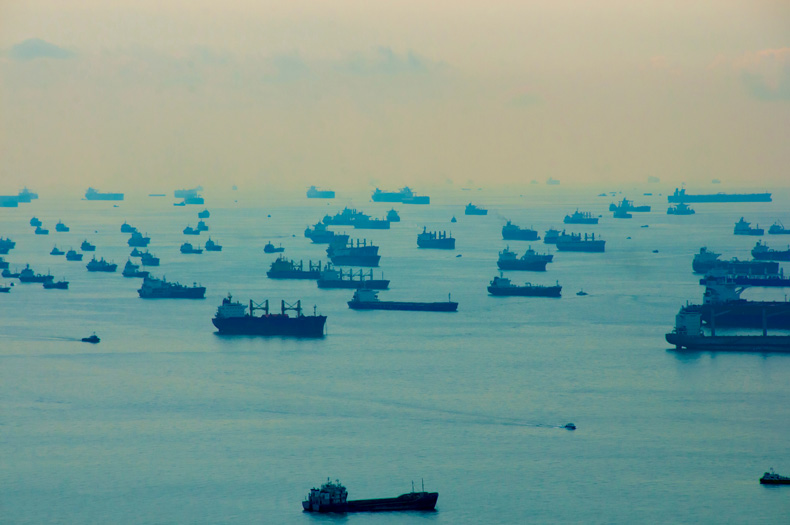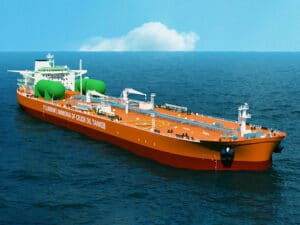
Op-Ed: Using data for less congested, more sustainable ports
Written by Heather Ervin
Credit: Shutterstock/Adwo
By David Yeo, Founder and CEO of Innovez One
The phrase “think globally, act locally” couldn’t ring more true when it comes to tackling some of the most critical challenges faced by ports across the world, from record congestion to the need for reducing greenhouse gas emissions. Solving these crises will require ports to improve efficiency and sustainability—and it all starts with data.
Port congestion has reached unprecedented proportions, prompting carriers to drop hundreds of calls on the vital trade routes that link manufacturing hubs in Asia to Northern Europe and America. The resulting delays and shortages continue to affect customers, businesses and economies around the world.
At the heart of the global port congestion puzzle, there is a well-known global domino effect: disruptions including COVID restrictions and major storms have led to a series of backlogs along the supply chains. As a result, we see record numbers of vessels queuing outside some of the world’s busiest ports while containers keep piling up in yards, waiting to be transported.
A LOCAL DOMINO EFFECT
Lesser known is another domino effect taking place on a more granular level, in ports themselves. This relates to the series of operations that must take place when a ship arrives or leaves a port, including pilots, tugs and service boats. Ensuring each of these services are in the right place at the right time to meet the specific needs of each ship is a complex puzzle on its own. A number of variables must be taken into account, from the availability of specialized equipment to the shuttles transporting pilots to the boarding grounds. Even the slightest mistake in planning may leave vessels waiting for services for hours, further exacerbating congestion.
Unfortunately, the majority of small and medium-sized ports (circa 80% of the market) have not yet embraced the digital tools that would enable them to optimize this critical and complex process – instead relying on manual processes, such as whiteboards and spreadsheets, which inevitably leads to inefficiencies.
The current congestion crisis makes it even more vital to digitalize pilot, tug and service vessel operations. AI-powered algorithms enable ports to optimize planning and ensure assets and people are in the right place, at the right time. Crucially, digital tools can reallocate resources instantly if a vessel’s ETA changes. While these digital solutions will not singlehandedly solve the global congestion problem, they will go a long way in making ports more efficient, resilient, sustainable and competitive.
For example, in the Indonesian port of Tanjung Priok, average waiting times for nautical services dropped from 2.4 hours to around 30.5 minutes following the implementation of our port management solution MarineM.
USING DATA TO TACKLE GHG EMISSIONS
Digitization will also help ports tackle one of the most important challenges of our generation: reducing greenhouse gas emissions. By optimizing pilot and tug operations, unnecessary journeys are eliminated, and fuel consumption kept to a minimum, reducing both emissions and costs. In the ports that we support with our digital solutions, we have seen a direct impact on reducing emissions from support fleets through optimization of vessel movements.
But the impact of data-based solutions does not stop there. They can also reduce emissions from visiting ships, as optimized operations cut the amount of time that vessels spend idling, with their engines on.
Furthermore, increased digitization is essential to implementing more reliable “just-in-time” ship operations, which would reduce the need for vessels to “rush to wait” (sailing full speed to meet an arrival time for a berth that may not be free). Given the exponential relationship between speed and emissions, this could drastically reduce emissions.
The adoption of digital solutions by a single port might feel like a drop in the ocean, and this alone will not solve all the underlying causes of port congestion. However, local transformations will be the building blocks of a truly global network of smart ports, where critical information flows seamlessly to improve efficiency, tackle congestion and curb emissions. And for this global transformation to take shape, change must begin locally, in each port.




